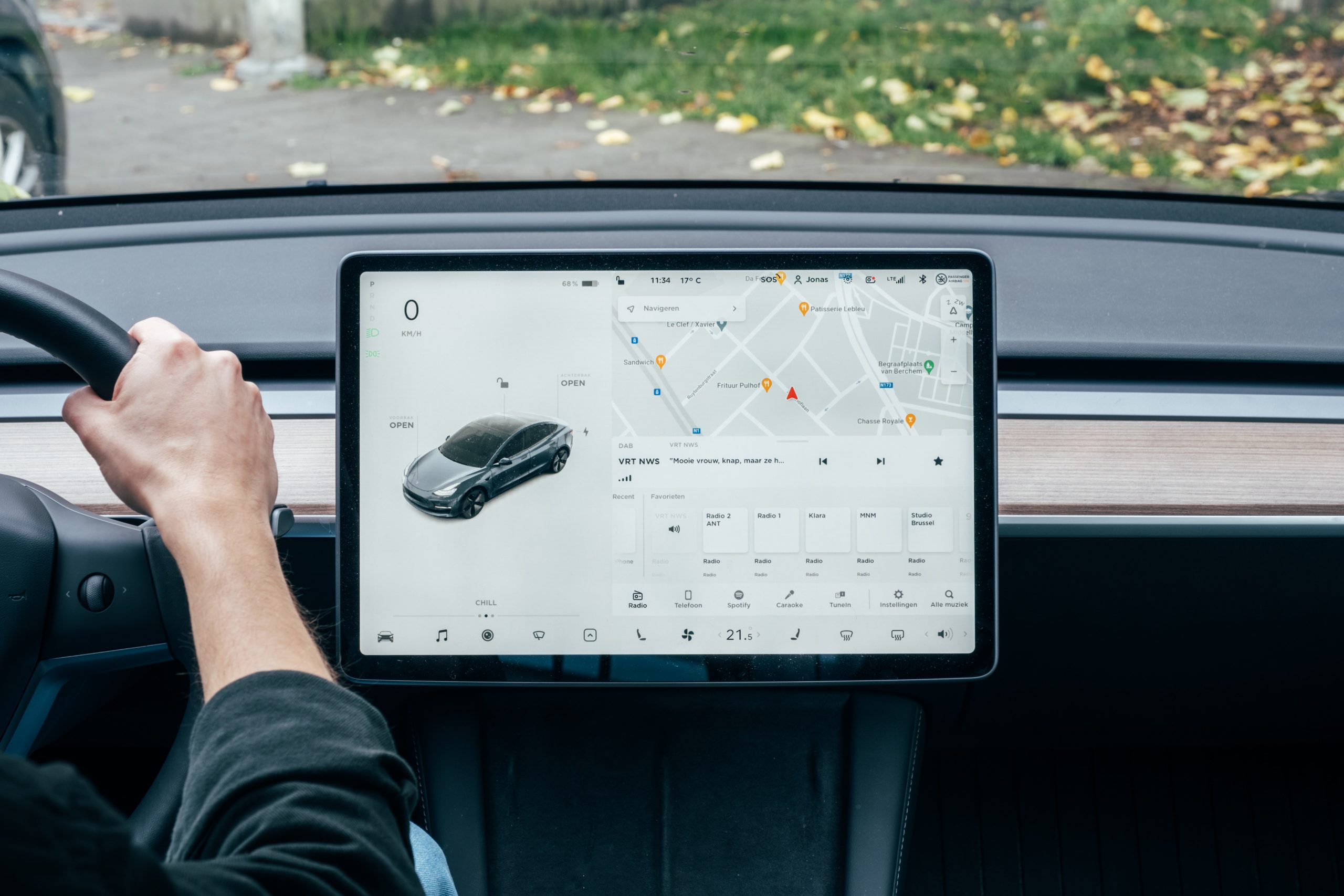It’s the age-old question — who are the better drivers: men or women? A new study may have the answer, at least when it comes to driverless vehicles. Researchers from Newcastle University reveal that women responded quicker and exhibited more stable takeover control than men in automated cars.
For the study, researchers had 76 drivers — 33 women and 43 men — use level 3 automated vehicles (L3 AVs) during a test drive. These cars allow drivers to completely disengage from driving and perform other activities while the computer pilots the vehicle. Researchers asked the drivers to take over control from L3 AVs in different weather conditions. They then measured the timing and quality of the takeover.
Women showed a smaller percentage of hasty takeovers and slightly faster reaction times, compared to men. Women also displayed more stable operation of the steering wheel.
Related: Are We Ready for Golf Carts in Downtown Tampa?
“Our research strengthens the importance of tackling inequality in the context of future mobility. To create user-friendly automated vehicles, the manufacturers and designers need to adopt inclusive practices which fully consider the needs, requirements, performance, and preferences of end-users from different demographic groups,” says Dr. Shuo Li, study lead author at Newcastle’s School of Engineering, in a university release.
“The next step, follow-up research is planned to explore gender differences in the needs and requirements associated with non-driving related tasks in Level 3 automated vehicles and investigate the effect of performing these tasks on end-users’ behavior and performance.”
Do carmakers need to build vehicles specifically for men and women?
Researchers say their results have critical implications for policymakers, vehicle manufacturers, and academics for designing and facilitating user-friendly, human-machine interactions in driverless cars.
“This research is part of a wider program of work which is helping us understand the issue and challenges of designing automated vehicles in a way that end users will be able to understand and use safely,” says study co-author Phil Blythe, professor of intelligent transport systems at Newcastle University’s School of Engineering.
Study authors add that the interior designs of these automated vehicles should take into account gender differences in the preferences of users for different non-driving tasks.




























